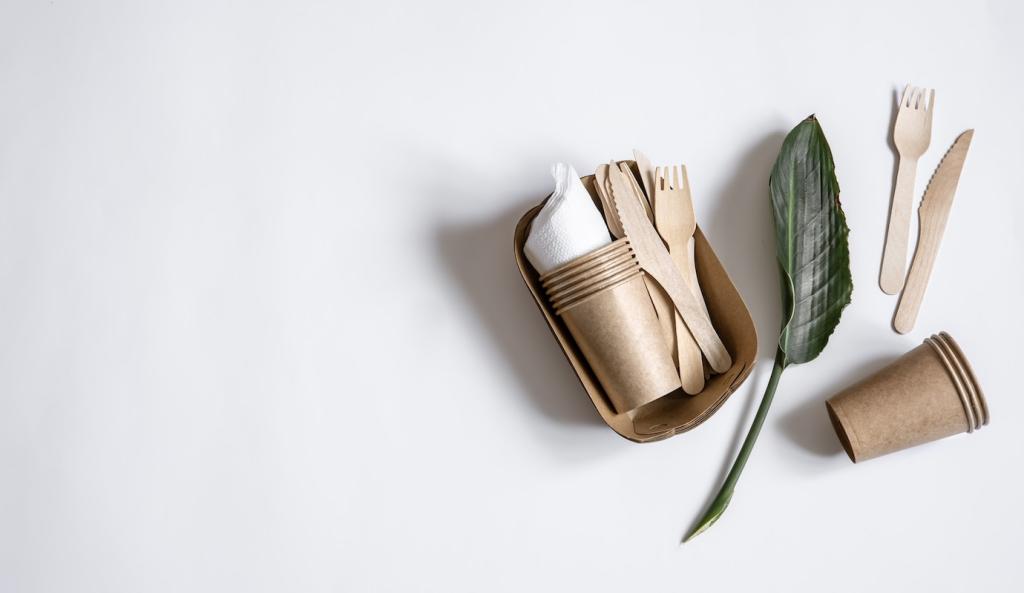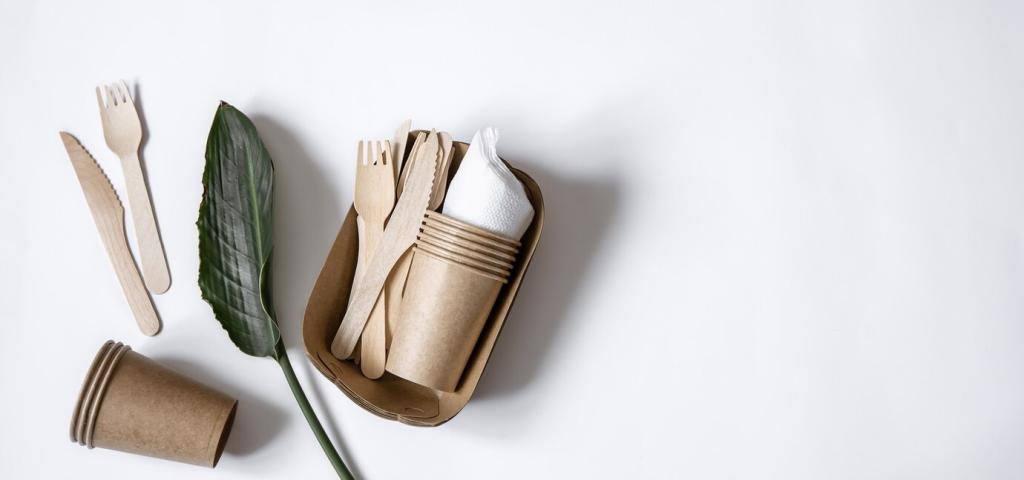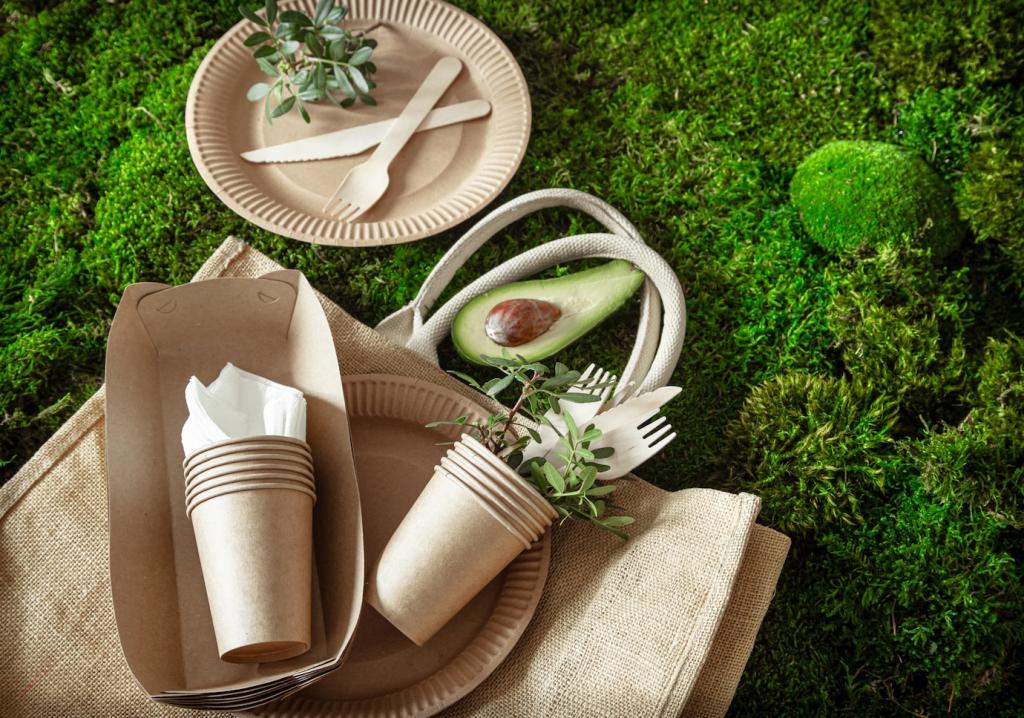
Compostable Packaging Options: From Idea to Everyday Impact
Chosen theme: Compostable Packaging Options. Discover clear guidance, candid stories, and practical tips to choose, design, and implement compostable solutions that truly break down, delight customers, and reduce waste. Subscribe and share your questions to help shape our next deep dive.
What Compostable Packaging Really Means
Compostable packaging is designed to decompose into nutrient‑rich compost under specific conditions, leaving no toxic residues. Biodegradable simply means break down eventually, often without a time frame or verified endpoints, while recyclable requires compatible collection and processing streams. Clarity protects budgets, brands, and bins.
What Compostable Packaging Really Means
Home compostable items break down in lower temperatures and more variable moisture, typically over several months in backyard systems. Industrial compostable items need higher, consistent heat and professional aeration to meet time‑bound standards. Label correctly so customers and composters know exactly where each item belongs.
What Compostable Packaging Really Means
Landfills trap organic waste and generate methane, while composting returns nutrients to soil, supports water retention, and can reduce fertilizer demand. Customers increasingly expect responsible options, and regulations are tightening. Choosing verified compostable packaging today positions your brand for tomorrow’s rules and reputational opportunities.
Materials at a Glance: Nature‑Driven Choices
PLA delivers clarity for cups and clamshells but typically requires industrial composting and has limited heat resistance. PHA can tolerate higher temperatures and marine environments in some cases, though supply and cost vary. Match material to use case, and verify facility acceptance before large deployments.
Materials at a Glance: Nature‑Driven Choices
Bagasse, a sugarcane byproduct, forms sturdy, compostable clamshells and plates. Bamboo and recycled paper excel in dry goods and custom printing. Choose PFAS‑free grease barriers and water‑based coatings to maintain compost integrity. Field test lids and fit to avoid leaks, soggy textures, and customer frustration.


Designing Better Compostable Packaging
Moisture, oxygen, and grease barriers determine product freshness and customer satisfaction. Compostable laminates can protect snacks and dry goods, though extreme humidity or oil exposure may require specialty coatings. Run shelf‑life trials, record failure modes, and iterate quickly to avoid waste and returns.
End‑of‑Life Pathways and Infrastructure
01
Facilities differ in what they accept, processing time, and contamination tolerance. Some limit bioplastics if screening equipment struggles with film or labels. Build relationships with local composters, share product specifications, and conduct periodic audits to confirm your materials actually finish as mature compost.
02
For home compostable items, smaller pieces, balanced browns and greens, and regular aeration speed breakdown. Cool climates and dry piles slow progress. Provide simple instructions and visual guides with each package to help customers succeed, then invite them to report results and photos for community learning.
03
If local infrastructure is missing, reduce packaging volume, prioritize reusables, and choose recyclable fiber where appropriate. Offer take‑back pilots or partner with haulers building new routes. Communicate transparently about limitations and timelines so customers understand both your intent and your practical roadmap.
These standards define disintegration rates, compost quality, and limits on heavy metals and residues. Products meeting them are more likely to be accepted by industrial facilities. Request test reports or declarations of conformity, and confirm exact SKUs covered, not just a material family name.
Certifications and Proof You Can Trust
Implementation Roadmap for Cafés and Small Brands
Start with two or three high‑impact items—hot cups, lids, or mailers—and track contamination, customer satisfaction, and product performance. A neighborhood café cut landfill waste by forty percent after tightening signage and switching to bagasse clamshells. Publish numbers to motivate teams and customers alike.
Meet haulers early, confirm accepted items, and update contracts to list SKUs. Use distinct bin colors, pictograms, and plate‑scrape stations to reduce errors. Conduct monthly bin audits, share photos with staff, and reward progress. Small operational tweaks often unlock big diversion gains without extra cost.
Tell a concise, visual story at the point of decision. Use shelf talkers, cup sleeves, or inserts to explain why your compostable packaging matters. Include QR codes to facility locators and disposal tips. Invite feedback publicly; authentic dialogue builds loyalty and spreads the right disposal behaviors.

Costs, Trade‑offs, and Real Impact
Consider unit price, shipping, storage, and potential savings from landfill diversion. Bulk purchases and standardized SKUs lower costs. Track spoilage and returns from performance issues; better design reduces waste. Negotiate hauler fees by demonstrating lower contamination through audits and documented staff training.

